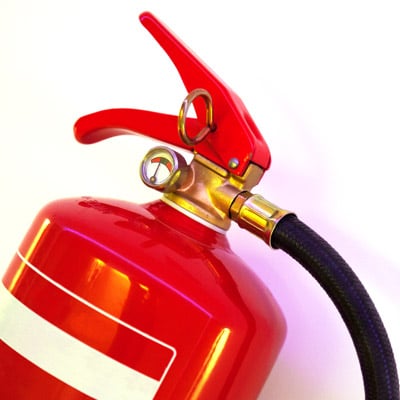‘In 2013-14 there were 322 fire-related deaths in Great Britain. 41% of fire-related deaths in Great Britain were caused by the victim being overcome by gas, smoke or toxic fumes. The other leading causes are burns alone (20%) and combination of burns and being overcome by gas or fumes (20%)’. Fire Statistics: Great Britain April 2013 to March 2014.
Fire kills, and workers and visitors in a workplace are at risk. The different types of workplaces will have varying levels of risk. For example, a company working with gas cylinders, flammable substances and hot works will have a higher risk of fires occurring than an office environment. A residential home will have a multitude of different hazards to review, as there are residents living in the premises whereas this is unlikely in a dental surgery. The fire risk assessment and measures implemented to prevent and contain a fire on any premises must be proportionate to the risk of that environment.
Fire can have a significant impact on a business by completely disrupting the day-to-day operations causing damage to the building and equipment. Vital documentation and archived records could be destroyed impacting further on the future set up of the business.
The landlord or occupier of the business or other non-domestic premises known as the ‘responsible person’ is responsible for fire safety.
Legal duties and responsibilities
The Regulatory Reform (Fire Safety) Order 2005 applies to non-domestic premises covering:
- all workplaces and commercial premises
- all premises the public have access to
- the common areas of multi-occupied residential buildings
In common or shared areas, the responsible person is the landlord, freeholder or managing agent who will need to ensure a fire risk assessment is completed and all fire precautions are in place.
The responsible person must:
- Undertake a fire risk assessment of the premises
- Review the fire risk assessment at planned intervals and where there are significant changes
- Inform all workers about the risks and provide information, instruction and fire awareness training
- Nominate fire marshals and provide them with training to carry out their role
- Implement appropriate fire safety measures to safeguard anyone using the workplace (including visitors)
- Plan for any fire emergency appropriate to the risk in the work place
- Maintain all fire equipment with appropriate planned inspections and maintenance schedules
QCS Heath & Safety policies
QCS have guidance and policies to support your service in meeting the requirements of health and safety.
Sally Beck RGN, BSc (Hons), MSc, CMIOSH – QCS Expert Health and Safety Contributor




